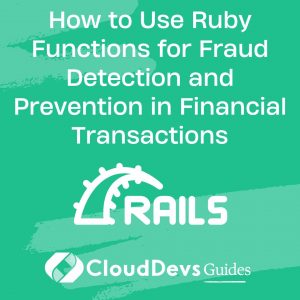Ruby on Rails Q & A
What is the difference between `has_many` and `has_and_belongs_to_many` in Rails?
In Rails, both `has_many` and `has_and_belongs_to_many` are used to define relationships between models, specifically, they represent types of associations. Understanding the distinction between them is crucial for modeling data correctly in a Rails application.
- `has_many` Association: This is a basic one-to-many relationship. When a model `A` `has_many` of another model `B`, it implies that a single instance of model `A` can be associated with multiple instances of model `B`, but each instance of model `B` can only be associated with one instance of model `A`. For example, in a blog application, a `User` model might `has_many` `Posts` since a single user can write multiple posts, but each post is written by one and only one user. This association requires the child model (in this case, `Post`) to have a foreign key column pointing to the parent model (in this case, `User`).
- `has_and_belongs_to_many` Association: This represents a many-to-many relationship between two models. Let’s take an example of `Books` and `Authors`. A book can be written by multiple authors, and an author can write multiple books. Here, neither model is a clear parent or child. To facilitate this relationship in the database, Rails uses a join table, typically named using the plural names of both models in alphabetical order (like `authors_books`). This table will hold foreign keys for both models, creating a matrix of relationships. However, it’s worth noting that if you need to store additional information about the relationship itself, it’s recommended to use a `has_many :through` association instead of `has_and_belongs_to_many`.
The difference lies in the nature of the relationship. `has_many` is for one-to-many relationships where one record in a model is related to multiple records in another. `has_and_belongs_to_many` caters to many-to-many relationships, allowing multiple records in a model to be related to multiple records in another model. When defining relationships in Rails, it’s important to choose the right association to accurately represent the data’s structure and relationships.

Previously at


Brazil

GMT-3
Senior Software Engineer with a focus on remote work. Proficient in Ruby on Rails. Expertise spans y6ears in Ruby on Rails development, contributing to B2C financial solutions and data engineering.



